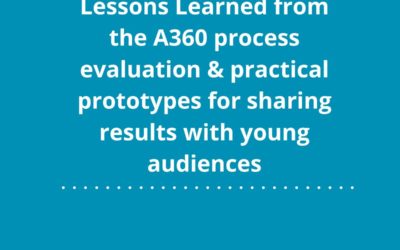Purpose
This webinar highlighted how to better support adolescent self-care interventions in order to improve sexual reproductive health outcomes. Factors that determine how and whether adolescents access sexual and reproductive health information and resources, particularly during disease outbreaks, pandemics, natural disasters, and emergency and humanitarian situations – were explored.
 Presenters
Presenters
MaqC Eric Gatau
Project Director, HCDExchange
Megan Christofield
Technical Advisor, Jhpiego
Dr. Rebecca Hope
Executive Director, Ylabs
Sandra Mwarania
Advocacy and Program Manager, White Ribbon Alliance
Dominic Cort
Project Lead, IDEO.org
Designing and Programming for Adolescent’s Self-Care During Strained ASRH Services
– MaqC Eric Gitau, HCDExchange
Key Takeaways
-
We need age appropriate and culturally sensitive SRHR information.
-
Disease outbreaks, pandemics, floods and natural disasters, emergencies and humanitarian situations, poverty, displacements, may strain health service provision for adolescents.
-
Self-care for adolescents SRHR needs to be seen in the context of policy restrictions around access.
How might policy makers frame self-care as a complementary approach to healthcare and not a stand alone advocacy issue? -
It’s integral for adolescents to receive support for their self care. In order to supplement the existing efforts towards self-care, it is essential for parents, teachers, religious leaders and media to aid in this.
Powering a Ubiquitous and Resilient Self-Care Revolution for Adolescent Sexual and Reproductive Health
– Megan Christofield, Jhpiego
Key Takeaways
- Self-care is what people do for themselves to maintain health, prevent and deal with illness, and can include reducing dependency on facility-based care and de-medicalization.
- In order to achieve ubiquity and resilience in self-care, we can minimize barriers to its use, diffuse the approach throughout healthcare, reinforce its fragile points, and make self-care’s value proposition well known.
- Ubiquity is achieved through minimizing barriers to entry and use and advancing positive social norms and knowledge around self care.
- Resilience is achieved through reorienting policies, regulations, and governance for self-care.
- Self- care should be seen as both the foundation and the multiplier of adolescent health.
he Use of Technology for ASRH Self-Care Opportunities and Challenges
– Dr. Rebecca Hope, YLabs
Key Takeaways
- Our learning regarding digital self-care is that:
- content is queen
- design for equity and accessibility
prioritize compliance with national and international guidance
ensure that solutions are driven by young people for young people
“As we prototype, it is critical to ensure that the prototypes are responsive even in the post pandemic season for the most vulnerable and in need adolescents.”
– Dominic Cort, IDEO.org
Adolescent self-care Advocacy
-Sandra Mwarania, White Ribbon Alliance
Key Takeaways
- Self-care is an essential need for adolescents. Its advocacy invites all stakeholders to deliberate on how we can build a sustainable self-care movement.
- The self-care movement should also advance a comprehensive package of SRHR self care alongside enhancing self care literacy and demand within the community.
- As we build the movement, we need to ensure that we activate adolescent agency, realizing and observing their rights, while engaging them in their diversity. The process should engage the youth agency in a meaningful way.
“ In responding to the needs to facilitate adolescent self-care in a disrupted and physically distant world, we are exploring in a design sprint to recreate the feeling of connection with peers.”
– Dominic Cort, IDEO.org



